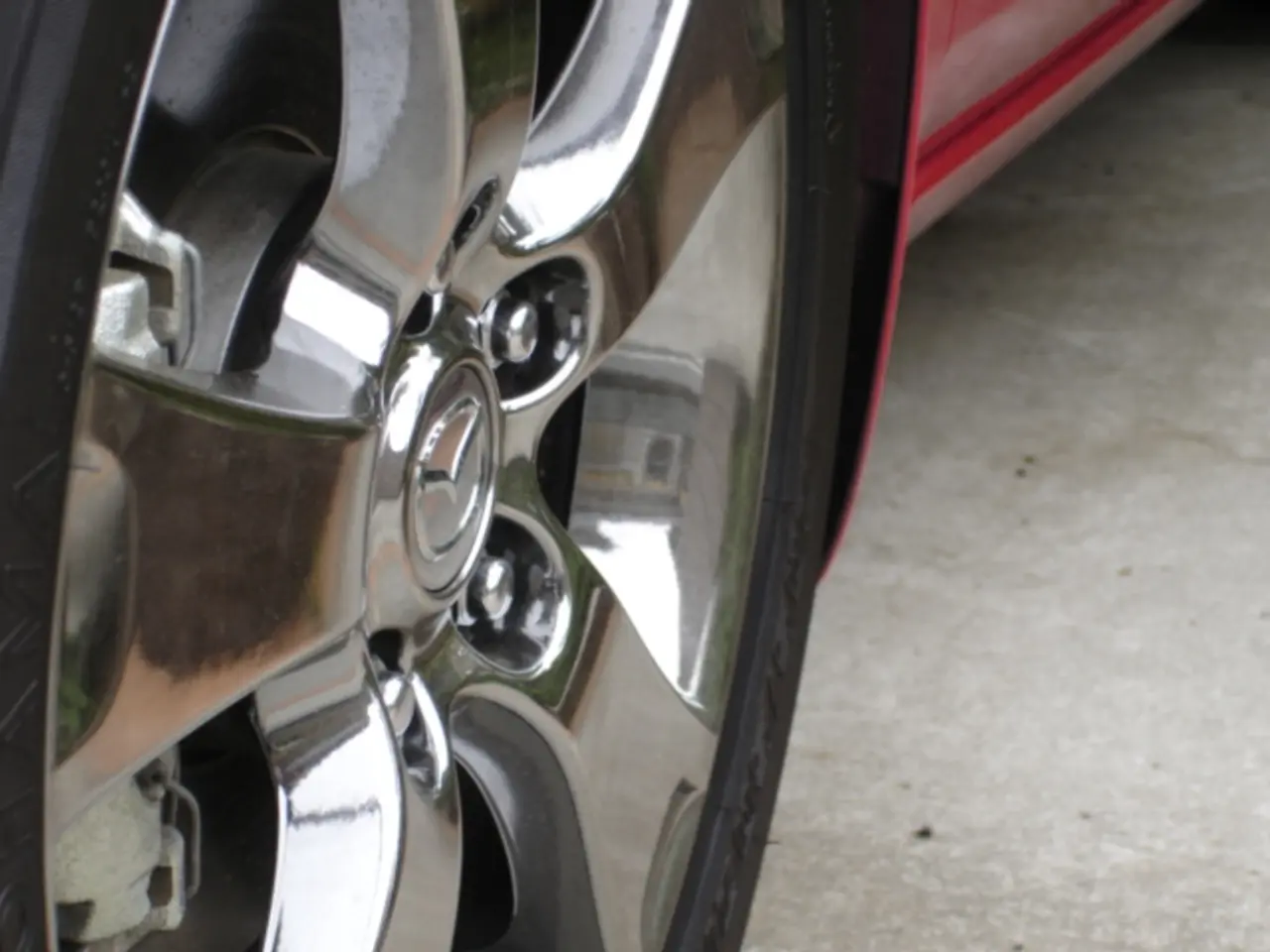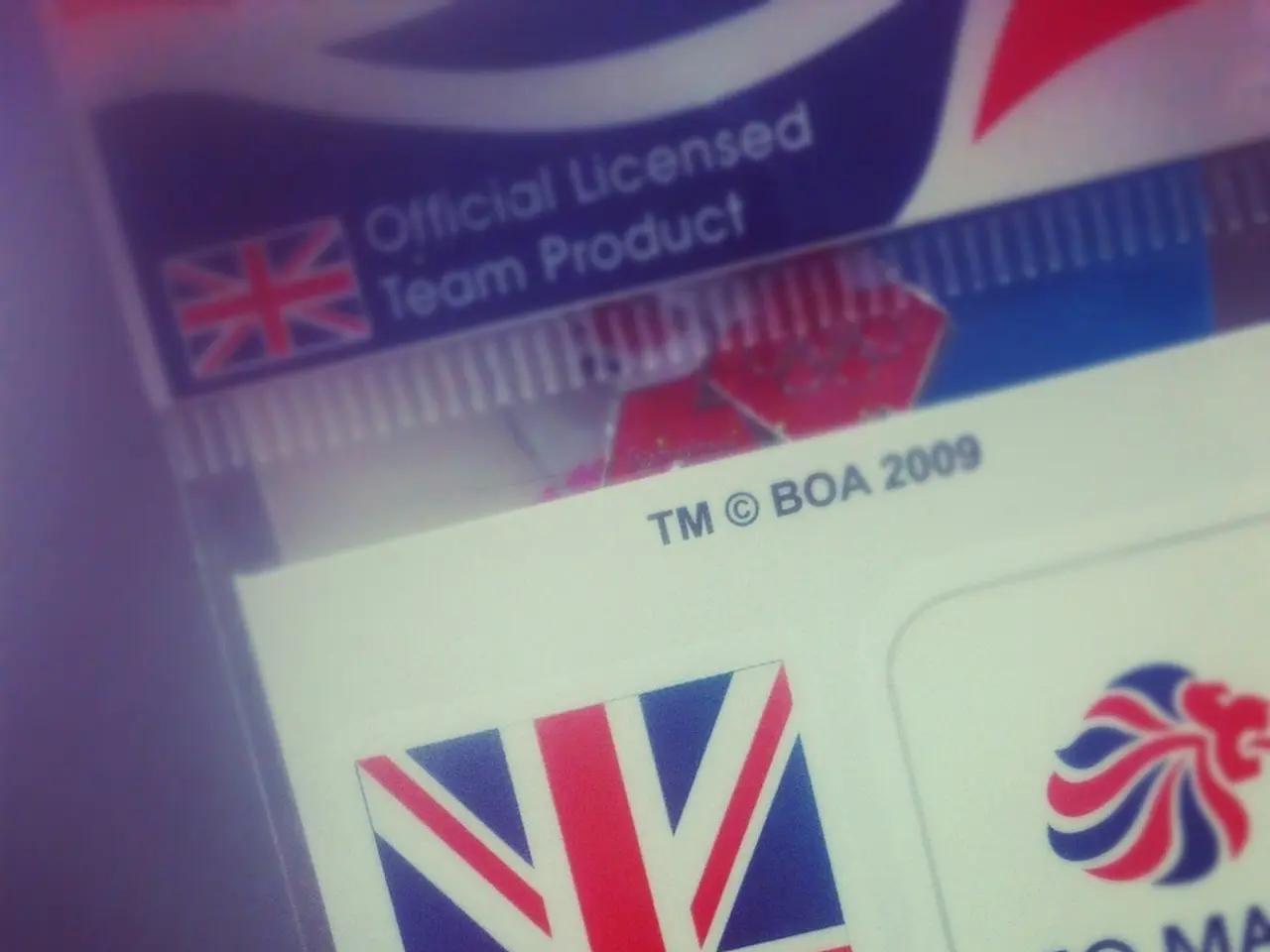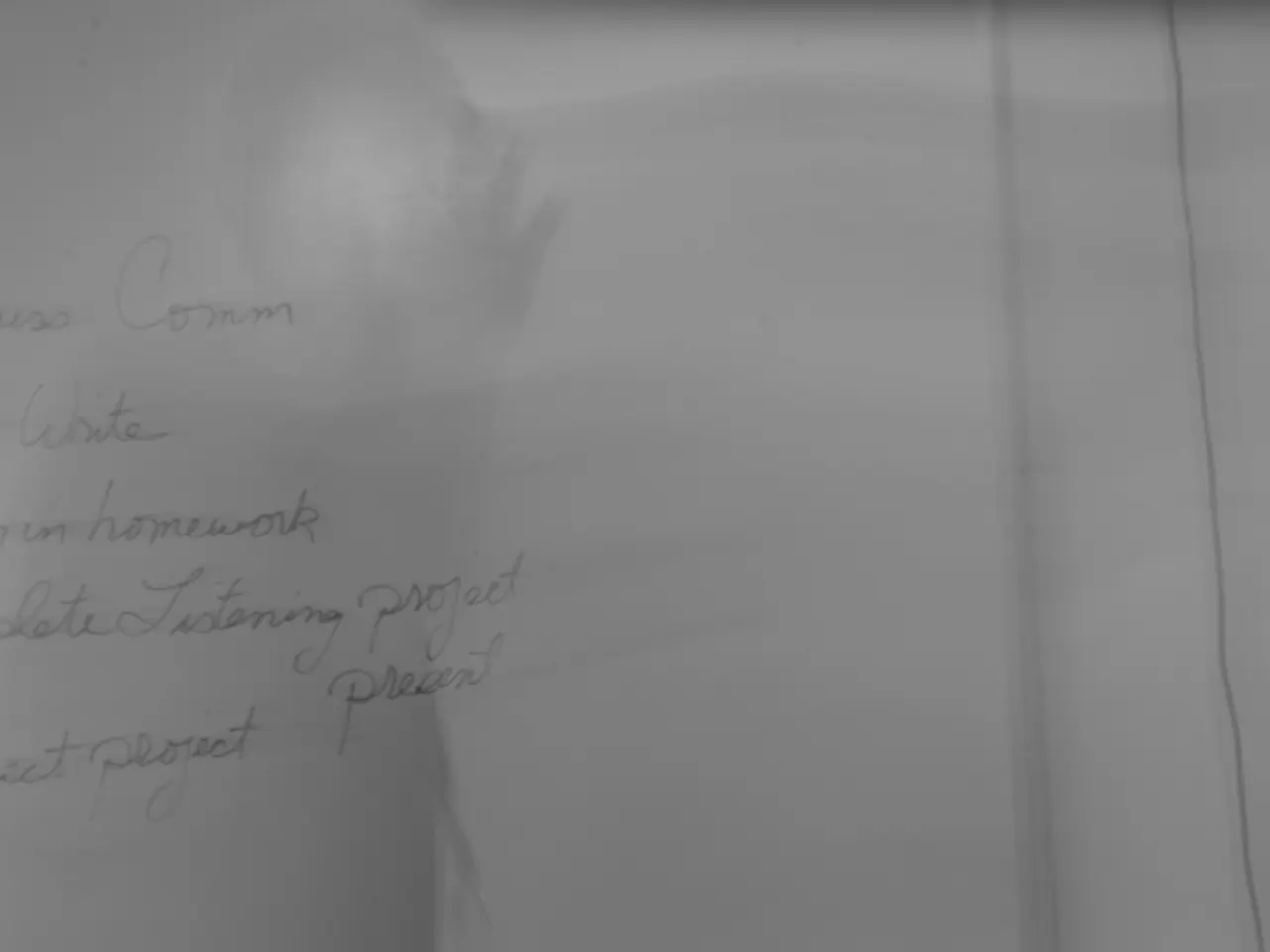Rivian Experiences Significant Dip in Q2 Manufacturing Prior to 2026 Model Debut, Secures $1B Investment from Volkswagen
In the rapidly expanding electric vehicle (EV) market, Rivian is gearing up for its 2026 model year launch, with a focus on the introduction of the more affordable R2 mid-size SUV. This strategic move is seen as crucial for Rivian's future growth and competitiveness.
During the second quarter of 2025, Rivian produced 5,979 vehicles, a significant drop from the anticipated 11,000 units. This production slowdown was due to retooling and preparation for refreshed versions of the R1S and R1T, as well as the upcoming debut of the R2 in 2026. Despite the drop, Rivian managed to deliver 10,661 vehicles, a 23% decrease year-over-year but a 23% increase from Q1 2025.
The company's 2025 delivery guidance remains at 40,000 to 46,000 units, indicating confidence in ramping up production post-launch. This confidence is bolstered by the strategic inventory management during the production transition, which allowed Rivian to utilise inventory from previous quarters to maintain relatively strong deliveries in Q2 2025.
The highlight of the 2026 launch is the introduction of the R2, priced around $45,000. This more affordable model is expected to expand Rivian's market reach and improve growth and profitability in the medium term.
In a significant show of confidence, Volkswagen has invested an additional $1 billion in Rivian as part of their $5.8 billion technology joint venture. This investment was made following Rivian achieving its second consecutive quarter of gross profit in Q1 2025. Volkswagen's investment signifies a significant show of confidence in Rivian's software and electrical architecture, which will be integrated into all of Volkswagen's future EVs.
Rivian will report its full Q2 2025 financial results on August 5 after market close, followed by a live webcast at 5:00 p.m. ET to discuss earnings and future outlook. The webcast will provide more insights into Rivian's strategic plans and the impact of the 2026 model year launch on its growth and profitability.
In summary, the 2026 model year launch — especially the debut of the R2 — is driving a temporary production pause that impacts near-term output but is expected to position Rivian for stronger growth and competitive advantage going forward. This strategic move, combined with the continued support from Volkswagen, positions Rivian well in the increasingly competitive EV market.
[1] EPA range refers to the estimated range of an electric vehicle on a single charge, as rated by the Environmental Protection Agency. [2] The NACS charging port standard is a new charging port standard for electric vehicles, developed by the National Association of Convenience Stores. [3] These statements are based on company announcements and analyst predictions. [4] The prices and other details provided are subject to change and may not be final.
In the lead-up to the 2026 model year launch, Rivian is set to receive an extra $1 billion investment from Volkswagen, a move that underscores confidence in Rivian's technology and financial prospects. With the launch of the more affordable R2 mid-size SUV, the company aims to expand its market reach in the electric vehicle (EV) industry, leveraging technology to improve growth and profitability in the medium term.




